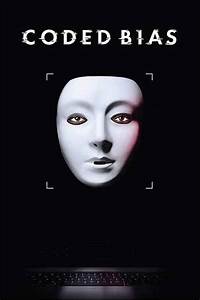One of the eight values of free expression is to protect dissent. This means that the First Amendment also protects the views of the minority. This means that even if 99.9% of Americans believe one thing, the beliefs of the minority of people are protected. This also means that you are allowed to disagree with the government and anyone else in the world, you are entitled to your own opinion.
It is important to have your own opinion especially when it comes to making political decisions about who should be in office because you want your beliefs to be represented. It is also important to learn about opposing opinions so that you are well rounded and understand the beliefs of the opposing group. Just because you believe one thing doesn't mean you should close your ears to opposition because you may be exposed to beliefs you have not yet thought of or considered. The new information may alter or change your original beliefs.
This interview with author Ralph Young dives into his views about dissent and how it has shaped the United States. Young wrote a book about dissent, The History of an American Ideal, where he spoke on this topic.
Young defines dissent as, “resisting the powers to be, going against the grain.” He also mentions that the “powers to be” changes as time goes on, so dissent is not stagnant. One example Young points out is when slavery was abolished. There were many people pleased and excited about this abolishment, but the Ku Klux Klan was against it. Their dissent is protected.
With every new rule or law, there are people who are against it, no matter who it benefits. It is impossible to make every single person happy in every single way. Oftentimes people are upset and dissentful because they feel threatened. For example, when women were given the right to vote, there were many upset men. Many of them were not happy about the law because they were worried that women might use their emotions to make decisions rather than focusing on facts.
Another question asked of Young is whether or not dissenters should drive for violence. Young said, “I think most of us would agree that nonviolence is the way to go - that violent dissent usually does not win many converts to your cause.” This is true for me, I am not a violent person, and seeing violence like the looting and negative events of Black Lives Matter protests makes me upset rather than providing a desire to join the movement.
The rest of the interview is worth reading to read about specific ways America has been impacted by dissenters. There are many events, like women's suffrage, that wouldn't have happened without the work of dissenters.
Not everyone is going to agree 100% of the time and it is important for Americans to know that they do not have to always go with what the majority thinks. Be yourself and stand behind what you believe.
For more interesting reads on dissent in modern American history, check out this webpage!
















